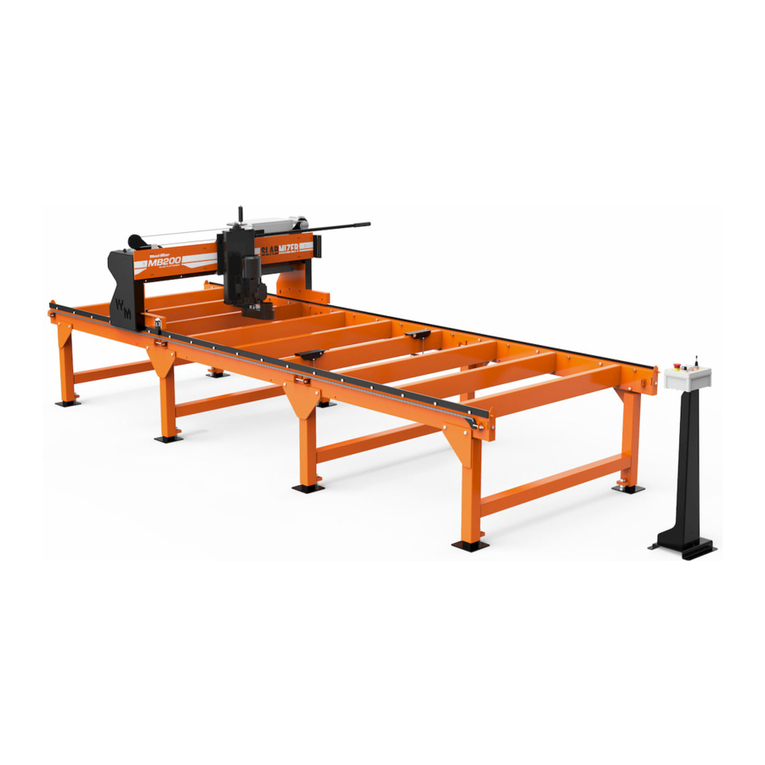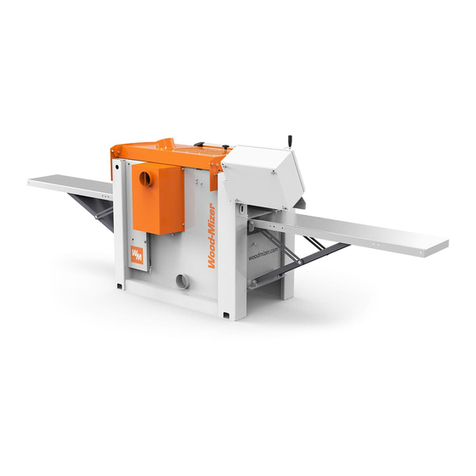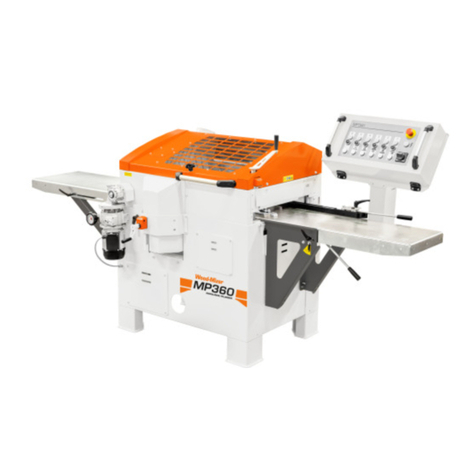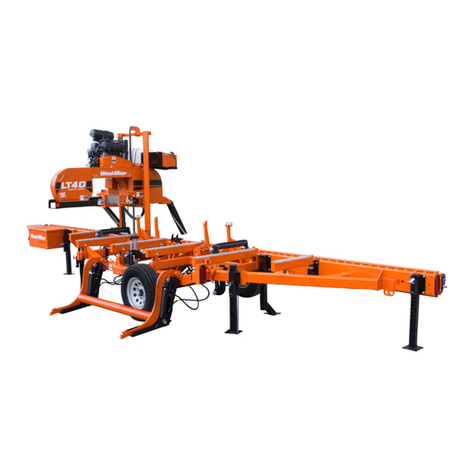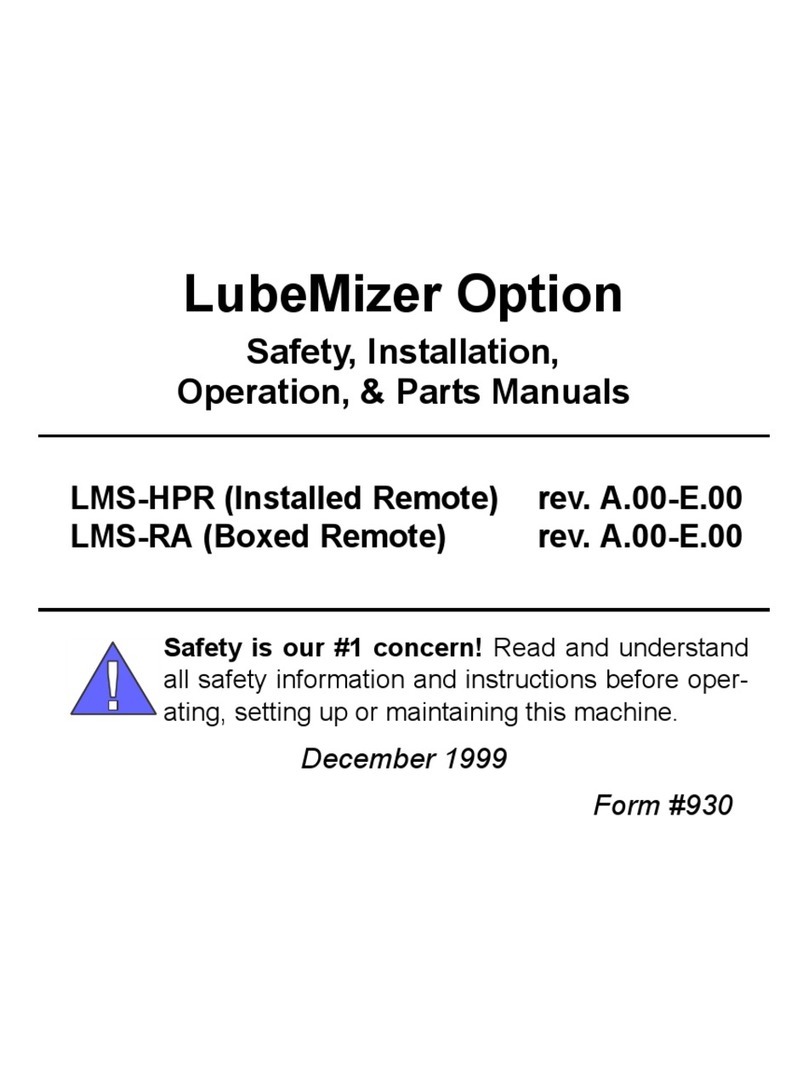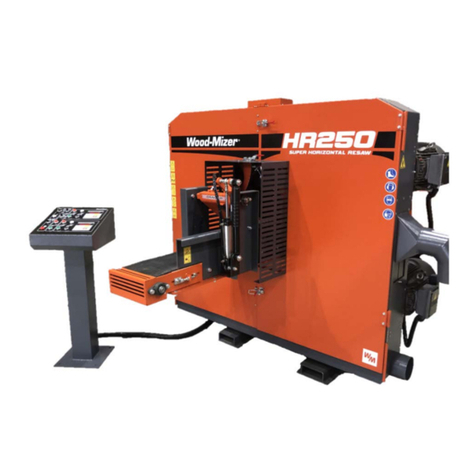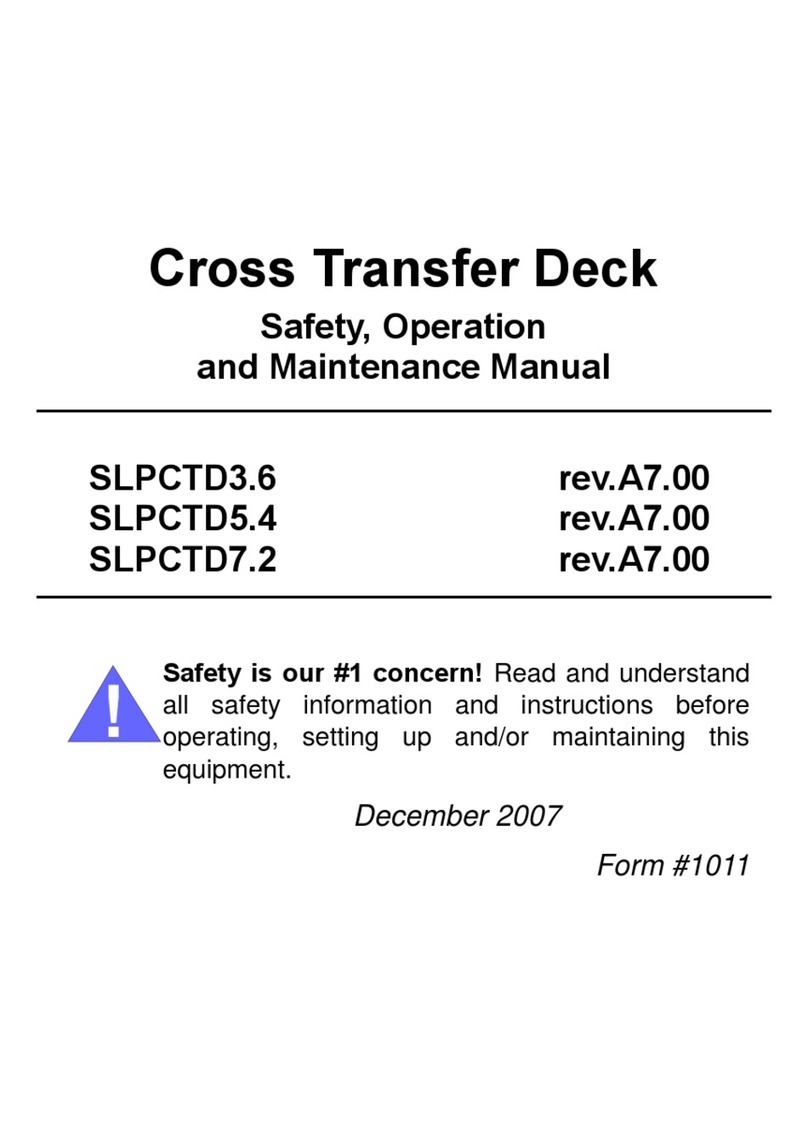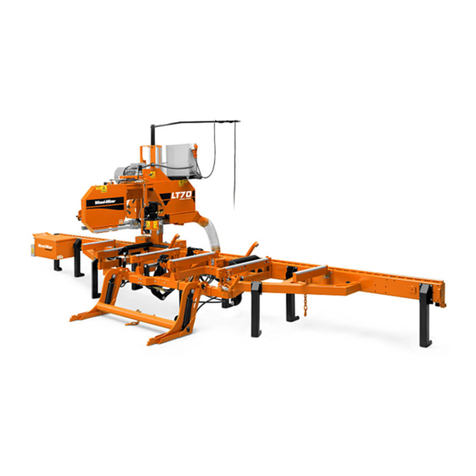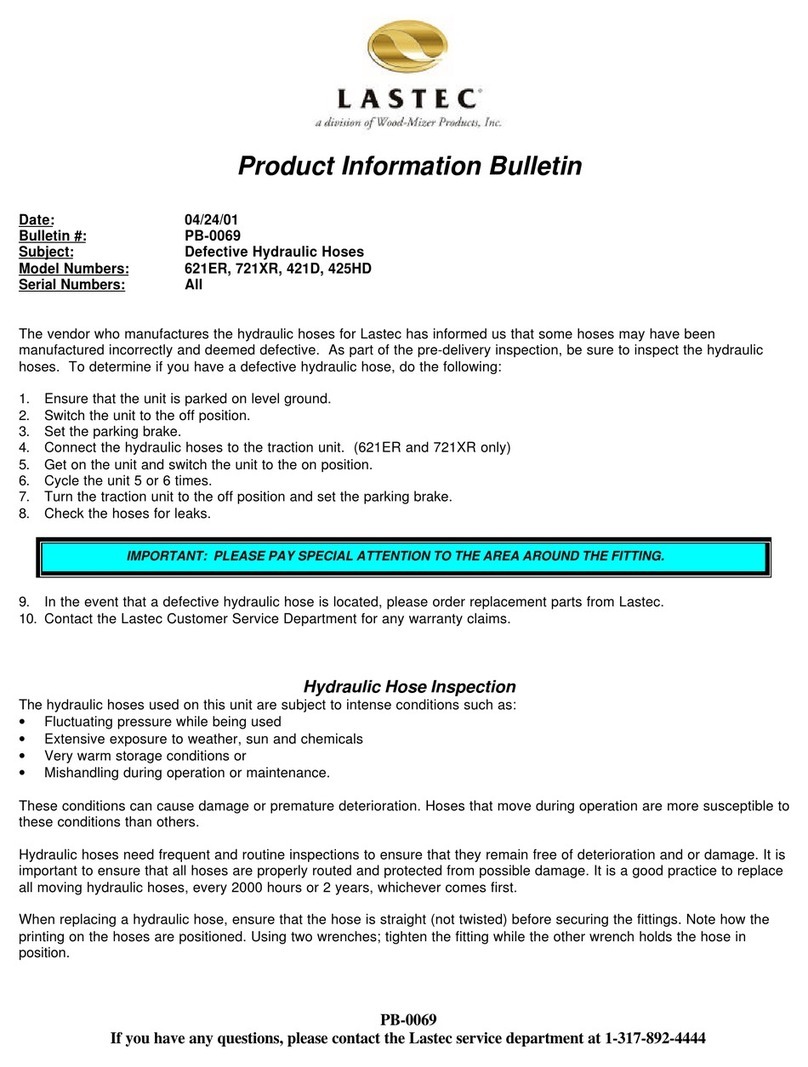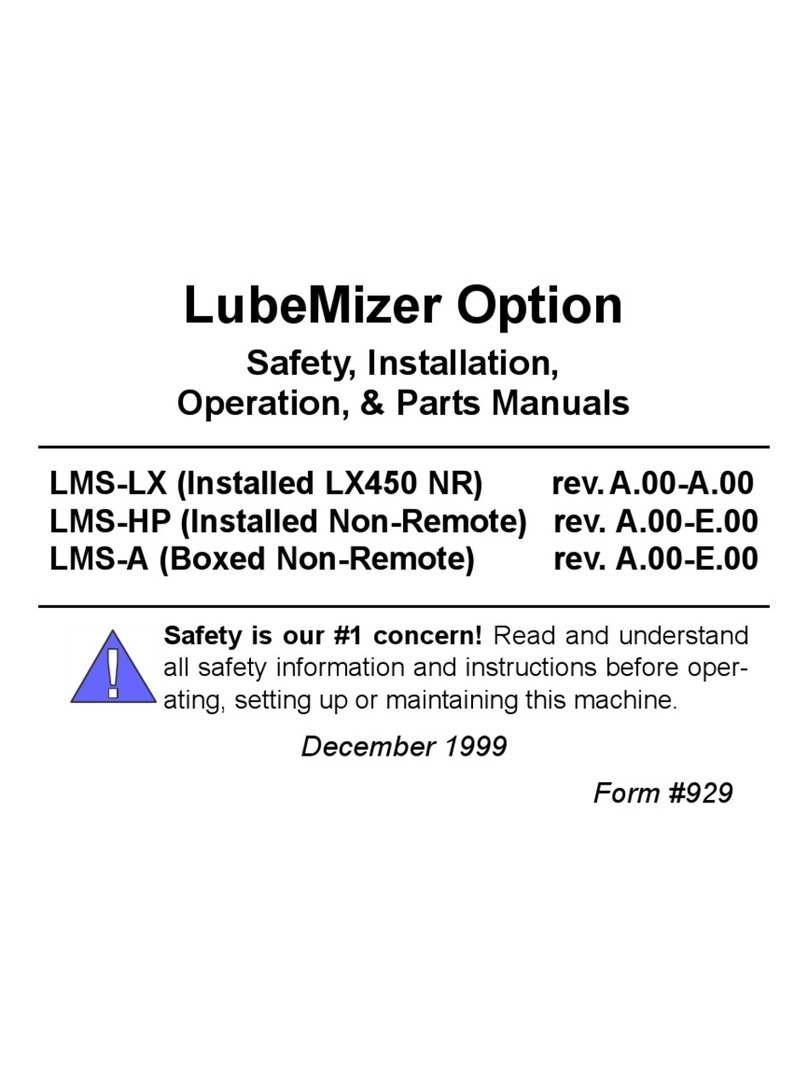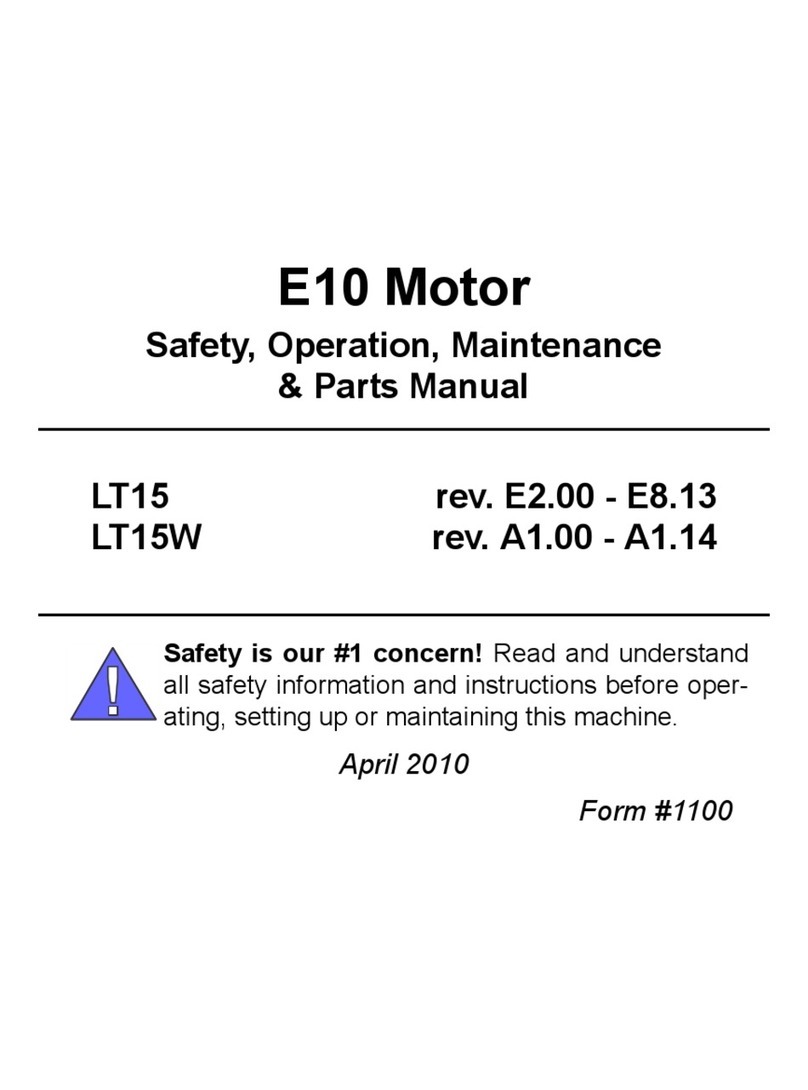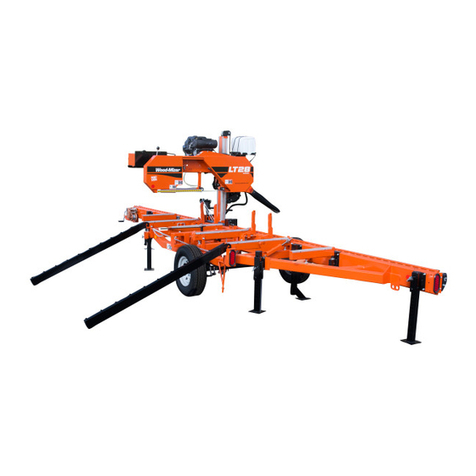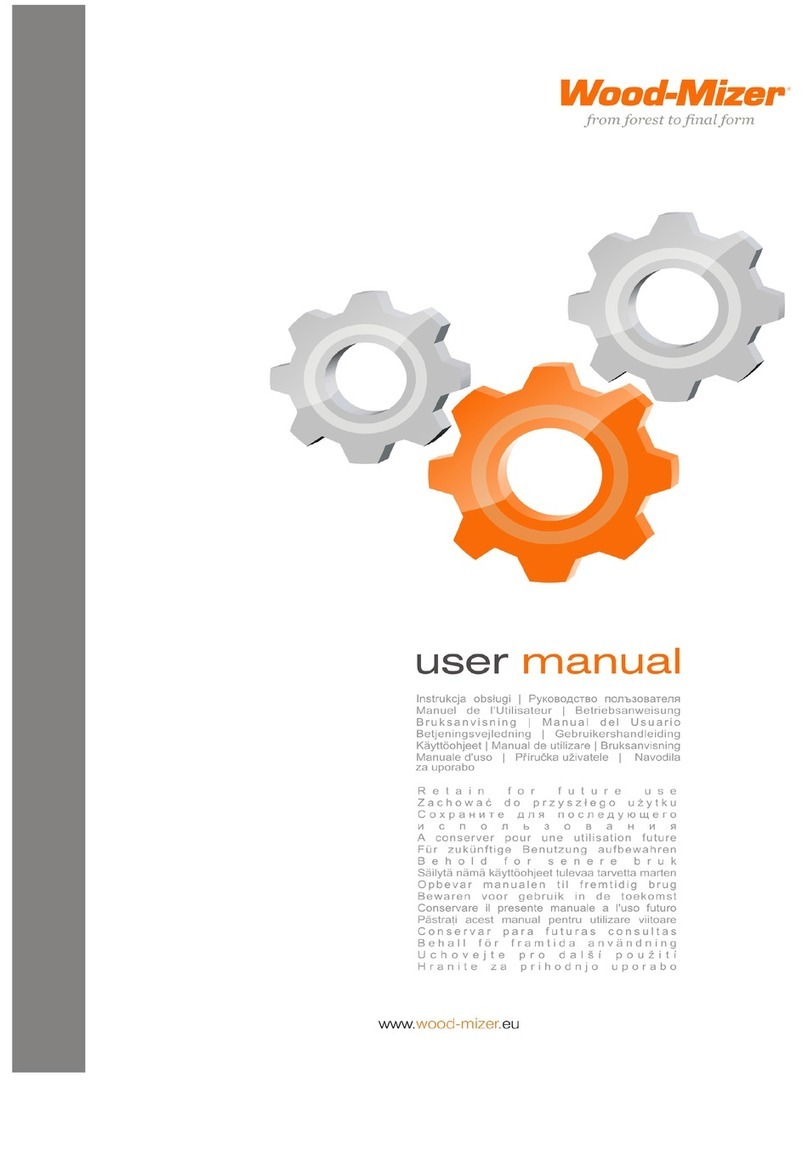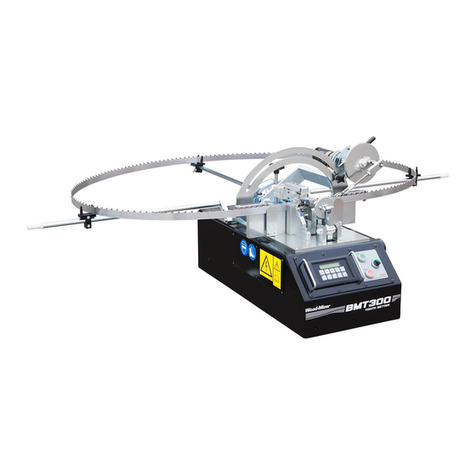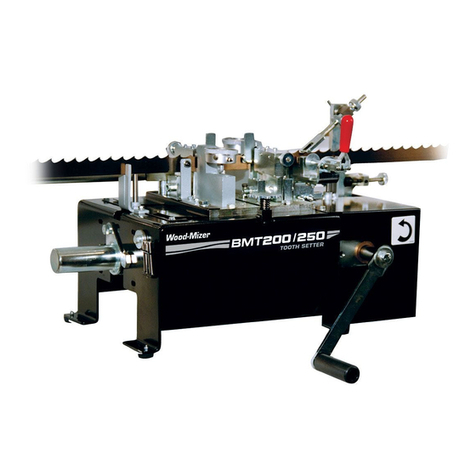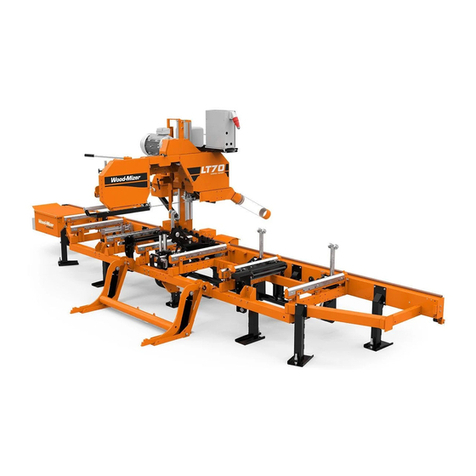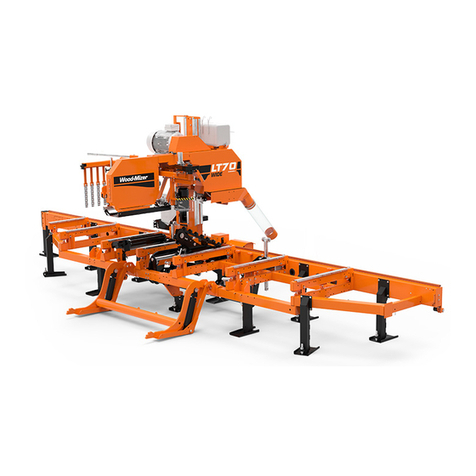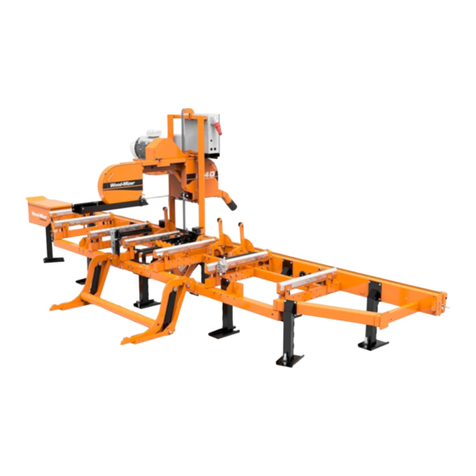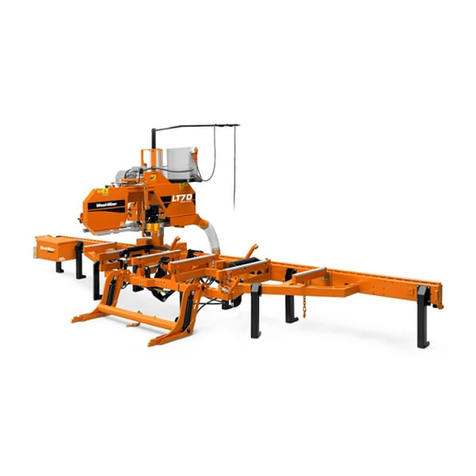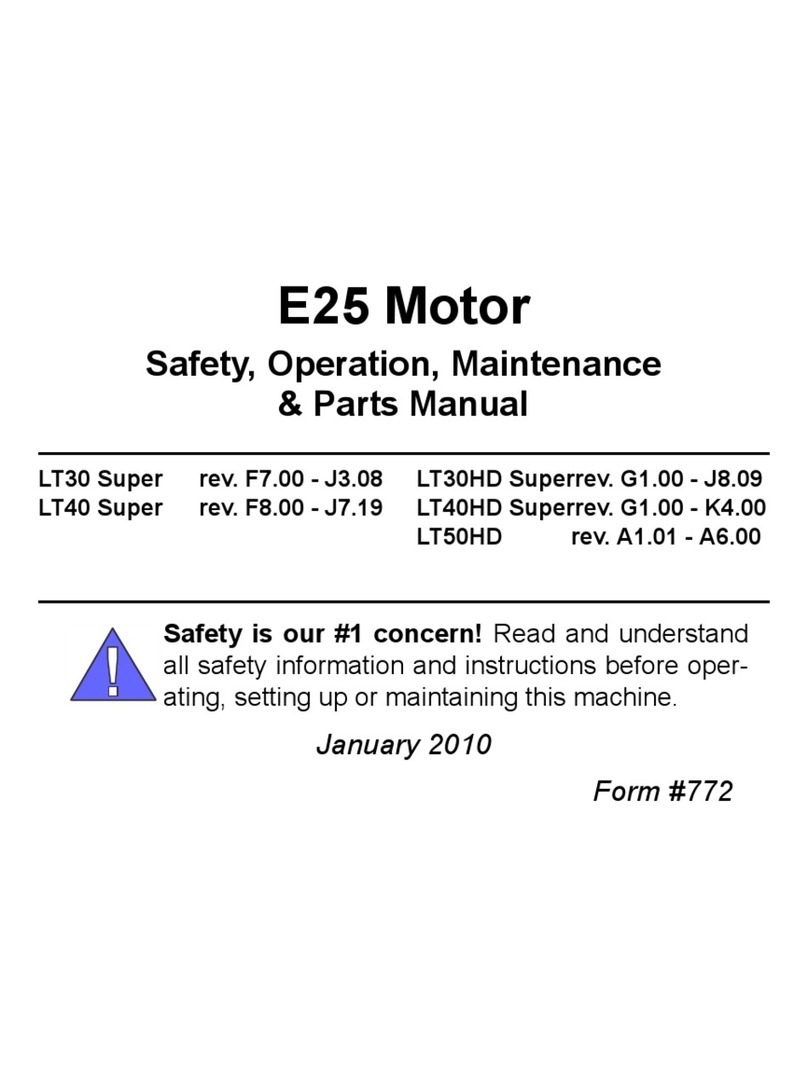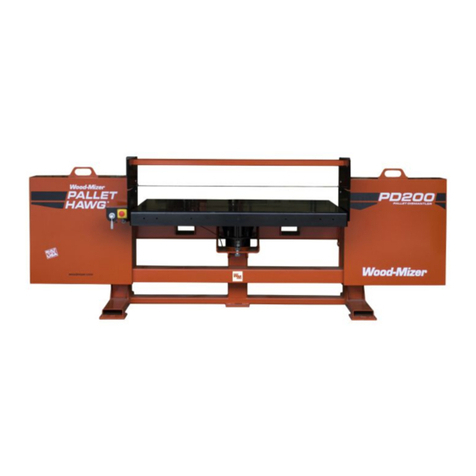
* Check that all knobs, screws, nuts,
clamps, connector, cutter, planer
blades etc. are properly tightened.
Before starting the machine, make
sure that the cutter can spin freely and
that no tools are placed inside the
machine or on it.
* Never use the machine in poor
visibility conditions such as poor
lighting.
* Fire extinguishers must be provided
to avoid fire hazards
* Never insert tools or hands into the
planer when the machine is running.
* Never make changes, corrections
etc. in the machine until it has been
verified that the machine is
disconnected from the power supply
and cannot be started by mistake.
* As the machine is made of metal, it
should be connected to an electrical
network with an RCD.
Jointing
* Make sure that planer blades are
sharpened. Dull blades increase the
feed power need.
This increases the accident risk during
planing.
* During angle jointing (thickness over
75 mm), the jointer guard must be
adjusted in such a way that it lies
tightly against the jointer tables, and
that the workpiece can fit between the
guard (16) and the clamping device
(14).
* During flat jointing (thickness below
75 mm), the jointer guard must be
adjusted in such a way that it lies
against the clamping device
horizontally and slightly above the
workpiece vertically.
* During jointing, one must never stand
in line with the workpiece, as kickbacks
may occur. The following is
recommended in order to avoid
kickbacks:
- maintain constant feed speed
- keep the workpiece stable
- stand firmly on the floor
- avoid dull blades
Keep your hands away from the cutter.
Accident risk increases dramatically
during jointing of small workpieces.
Always use pushers and holders
during jointing of small workpieces to
prevent fingers from entering the cutter
area.
* Use the lowest possible cutting depth
in order to reduce the feed force. High
feed force = high accident risk
Planing
Make sure that the anti-kick-back
equipment is in place and working
properly. 29
* Always set up the chip thickness of
the jointer
to zero, so that the lever does not point
down.
* Always measure the workpiece and
set up the appropriate planing
thickness before planing. Accident risk
is high if the workpiece being fed into
the planer is too small in height,
so that the anti-kick-back guard or the
feed rollers cannot hold it
* During planing, never stand in line
with the workpiece, as kickbacks may
occur and parts of the workpiece may
be thrown out of the machine. This
applies to both the in-feed and the out-
feed side.
